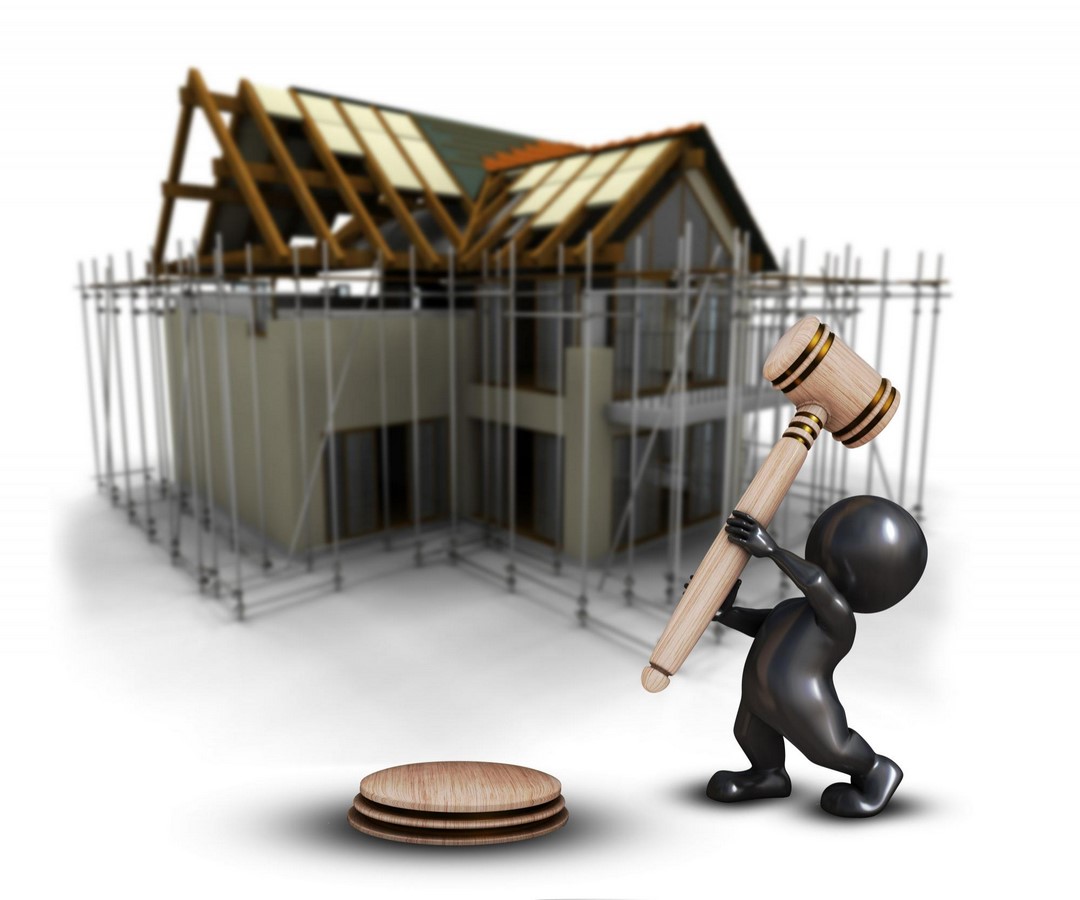Architecture is more than just bricks and mortar; it expresses the societal values, culture, and aspirations. Architects are crucial in shaping our built environment, and their work plays a deep impact on our lives. Public policy and advocacy in architecture have become increasingly important in recent years, as they shape the rules and regulations that govern the architectural profession and the built environment.
This blog digs into the critical role of public policy and advocacy in architecture, highlighting the rise of architecture advocacy groups, the impact of architecture on society, and the need for informed policies that promote design excellence.

The Rise of Architecture Advocacy
Advocacy in architecture refers to the collective efforts made by architects, architectural organizations, and other stakeholders to promote policies and initiatives that support the profession and its impact on the built environment. Over the years, there has been a noticeable rise in architecture advocacy, driven by several factors:

In today’s world, architects are widely acknowledged as the creators of spaces that wield a profound influence on our well-being, productivity, and overall quality of life. The concerted advocacy efforts within the realm of architecture are steadfastly aimed at ensuring that design excellence remains a central pillar of architectural practice. In an era marked by mounting concerns over climate change, sustainability has emerged as a paramount priority. Architectural advocacy groups ardently champion policies that promote green building practices, endorse energy efficiency and advocate for the use of renewable materials. Beyond sustainability, the ethos of architectural advocacy extends to fostering accessibility and inclusivity within our built environments, ensuring that architecture serves all individuals, regardless of their physical ability, age, or socioeconomic status. Furthermore, historical preservation forms another vital facet of architectural advocacy, dedicated to safeguarding our cultural heritage through the conservation of architectural treasures. This multifaceted advocacy underscores the profound impact architecture has on our lives, fostering a built environment that not only reflects our history but also embraces the challenges of the present and future.
The Impact of Architecture on Society
Architecture is more than aesthetics; it plays a significant role in shaping our communities and influencing societal well-being. Here are some ways in which architecture impacts society:

- Health and Well-being: Well-designed buildings and public spaces can enhance our physical and mental health. Access to green spaces, natural light, and well-ventilated interiors all contribute to a healthier lifestyle.
- Economic Development: Architecture can spur economic growth by creating spaces for businesses, tourism, and cultural activities. Investment in architecture can revitalize neighbourhoods and attract investments.
- Sustainability: Architecture has a deep influence on the environment. Sustainable architectural practices can reduce energy consumption, lower carbon emissions, and promote a more sustainable way of life.
- Cultural Identity: Iconic buildings and architectural landmarks often become symbols of cultural identity and pride for communities and nations.
The Role of Public Policy
In order to make sure that architecture continues to benefit society, public policy plays a pivotal role. Public policies can either promote or hinder architectural excellence and innovation. Here are some key aspects where public policy intersects with architecture:

- Building Codes and Regulations: Building codes and regulations set the standards for construction and safety. Advocacy efforts aim to update these codes to incorporate sustainable practices, accessibility standards, and other contemporary architectural considerations.
- Zoning and Land Use: Zoning laws and land use policies determine how land can be developed. Advocates work to create more flexible zoning regulations that support mixed-use developments, density, and urban revitalization.
- Funding and Incentives: Government funding and incentives for architecture and design projects can drive innovation and excellence in the field. Incentives for green building and historic preservation projects are examples of such policies.
- Historic Preservation: Public policy can provide incentives for the preservation of historic buildings and landmarks, preserving a community’s cultural heritage.
The Need for Informed Policies
While the architecture profession has made significant strides in advocating for design excellence, there is a continuous need for informed policies that support these efforts. Know why:

- Ensuring Public Welfare: Public policy exists to safeguard the welfare of the public. Informed policies in architecture can ensure that buildings and spaces meet safety, accessibility, and sustainability standards, ultimately benefiting society.
- Fostering Innovation: Architecture thrives on innovation. Policies that support research and development in architecture can lead to ground-breaking designs and technologies that benefit everyone.
- Addressing Global Challenges: Climate change and urbanization are global challenges that require architectural solutions. Informed policies can encourage architects to design resilient, sustainable, and energy-efficient buildings and cities.
- Promoting Equity: Advocacy in architecture expands to promoting equity in the profession itself. Informed policies can address diversity and inclusion issues within the field, ensuring that all voices are heard.
The AIA and Advocacy for Design Excellence
The American Institute of Architects (AIA) is one of the prominent organizations leading the charge for architecture advocacy in the United States. With over 95,000 members, the AIA has a substantial influence on public policy and the architectural profession.

The major goal of the AIA’s advocacy is to promote design excellence through policy initiatives and public engagement. They achieve this through different ways:
The American Institute of Architects (AIA) plays a pivotal role in advancing the field of architecture through a multifaceted approach. First and foremost, it fervently advocates for sustainable design practices, emphasizing the importance of constructing energy-efficient buildings, using renewable materials and endorsing green building certification programs such as LEED. Additionally, the AIA dedicates significant resources to support research endeavours that underscore the positive impact of architecture on public health, safety, and overall well-being. This research not only contributes to a deeper understanding of the field but also serves as a powerful tool for persuading policymakers to prioritize design excellence. Furthermore, the AIA is committed to promoting accessibility in the built environment, championing policies that enhance the inclusivity of buildings and public spaces for individuals with disabilities. Lastly, the organization takes an active role in educating policymakers at all levels of government, elucidating the vital role architecture and design play in addressing and resolving pressing societal challenges. In sum, the AIA’s multifaceted efforts underscore its dedication to enhancing the architectural landscape while simultaneously advocating for a more sustainable, accessible, and healthier built environment.
Final Thoughts
Public policy and advocacy in architecture are integral to creating a built environment that promotes design excellence, sustainability, and the well-being of society. The rise of architecture advocacy groups like the AIA reflects a growing recognition of the profession’s impact on our lives.
Moving forward, informed policies that prioritize design excellence, sustainability, accessibility, and inclusivity will be crucial. Architects, architectural organizations, policymakers, and the public must work together to ensure that architecture continues to shape our world in a positive and meaningful way. A built environment that reflects our values and aspirations which leads to benefit us all by doing so.
Citation:
Advocacy (2022) The American Institute of Architects. Available at: https://www.aia.org/landing-pages/6475169-advocacy (Accessed: 08 September 2023).
Novakovic, S. (2023) Can public policy fix Canadian architecture?, Azure Magazine. Available at: https://www.azuremagazine.com/article/can-public-policy-fix-canadian-architecture-procurement/ (Accessed: 08 September 2023).

















